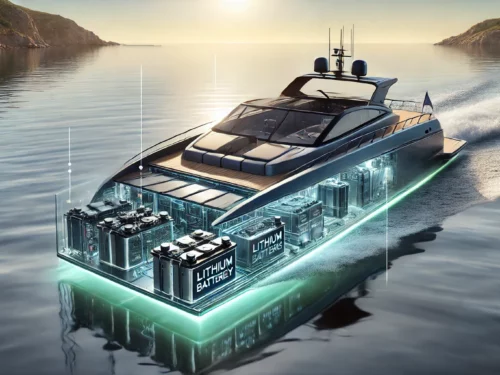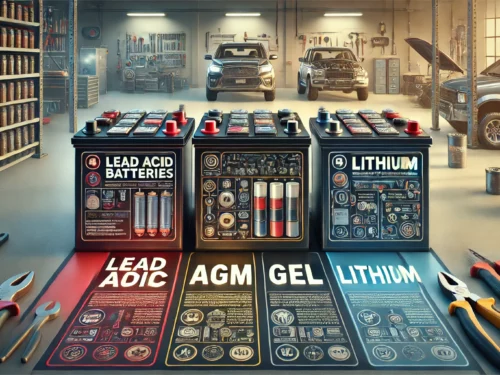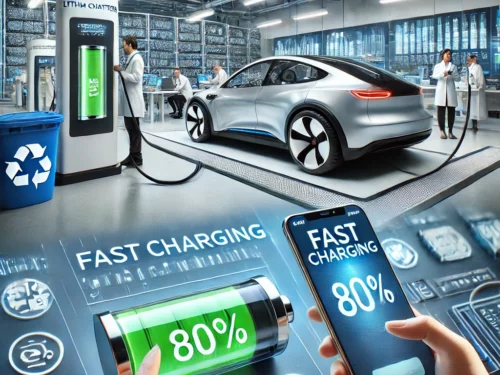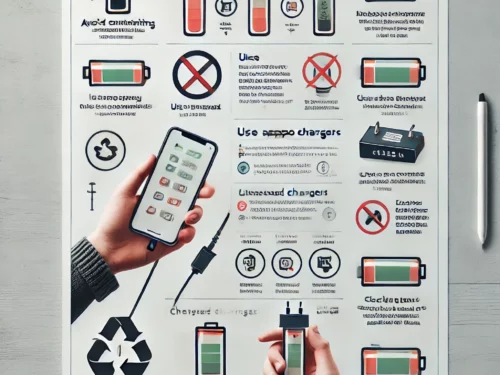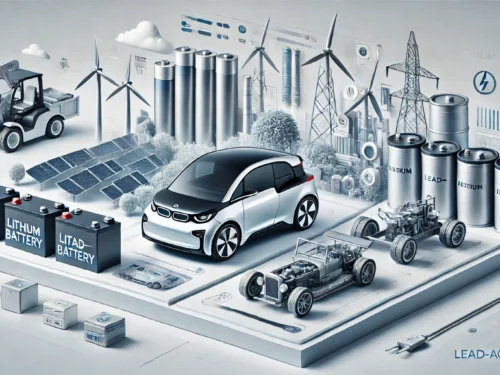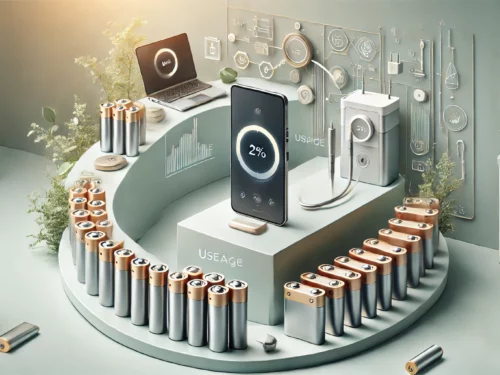Boat life is about freedom. But when your battery goes flat 20 miles offshore, freedom starts to feel a lot like being stranded.
Let’s avoid that.
Whether you’re powering navigation systems, fridges, trolling motors, or full-on liveaboard setups, choosing the right battery matters. A lot.
Here’s how to choose between lithium, AGM, and lead-acid batteries for your boat—without needing a PhD in electrochemistry.
Start With the Basics: What Does Your Boat Need?
- Are you running basic electronics or full off-grid comforts?
- Is this a weekend cruiser or a long-haul liveaboard?
- How often do you discharge the battery below 50%?
- Do you have space and ventilation?
Every marine system is different. Start with the demands—not the discounts.
Flooded Lead-Acid: The Classic Workhorse
- Affordable
- Widely available
- Easy to replace
But they come with caveats:
- Requires maintenance—topping up water and cleaning terminals
- Vents gas—needs airflow and cannot be used in tight cabins
- Low usable capacity—avoid discharging below 50%
AGM: Low-Maintenance, Mid-Range Muscle
AGM stands for Absorbent Glass Mat. These trap the electrolyte inside fiberglass mats—no spills, no leaks.
- Maintenance-free
- Spill-proof and vibration-resistant
- Handles deeper discharges than flooded batteries
Downsides?
- Heavier than lithium
- Shorter lifespan—300 to 800 cycles
Lithium: Lightweight, Long-Lasting, and Smart
- Up to 5000 cycles
- 80–90% usable capacity
- Fast charging
- Lightweight
- Built-in Battery Management System (BMS)
It costs more upfront but delivers more over time. In space, weight, and lifespan—lithium leads.
Let’s Talk Space and Weight
Lithium batteries weigh about half of a comparable AGM or lead-acid battery. That matters when every kilo counts.
Installing under seats or in engine rooms? Choose lithium.
Charging Matters More Than You Think
Each battery type has specific charging needs:
- Flooded and AGM require multi-stage chargers
- Lithium needs precision voltage control
Use the wrong one, and you risk damage. Pair your battery with the right smart charger or inverter/charger combo.
Depth of Discharge (DoD): The Usability Factor
- 100Ah flooded = ~50Ah usable
- 100Ah AGM = ~60Ah usable
- 100Ah lithium = ~90Ah usable
That means you’re only using half the capacity with a basic flooded battery. AGM gets you a bit more. But lithium nearly doubles what you can draw from the same-sized battery bank.
And when you’re out at sea, the last thing you want is a half-full battery that acts empty. DoD makes the difference between powering through the night—or going dark.
Battery Lifespan: How Long Does It Last?
- Flooded lead-acid: 200–400 cycles
- AGM: 300–800 cycles
- Lithium (LiFePO4): 3000–5000+ cycles
That’s not just a spec sheet flex. It’s real money saved over time.
Frequent sailor? You could be swapping AGMs every few seasons. With lithium, you could be sailing strong for a decade or more.
Marine Environment Realities
Salt. Vibration. Heat. Tight spaces. Wet compartments. It’s not a battery-friendly world.
Your power system needs to handle movement, ambient heat, splashes, and unpredictable conditions. Lithium and AGM do well in sealed compartments and can take more abuse.
Flooded batteries? They’re more fragile. They need breathing room. And if they get jostled, you’ll be cleaning acid from your bilge.
Don’t Forget Safety
Modern lithium iron phosphate batteries are not only efficient—they’re safe. The built-in BMS monitors voltage, temperature, and charge rates. It prevents thermal runaway and shuts things down if something’s off.
Flooded lead-acid batteries still vent hydrogen gas during charging. That gas is flammable and dangerous in tight marine quarters. Definitely not something you want near your galley.
AGM batteries are sealed and safer than flooded types, but always double-check for built-in protections like internal fuses. Marine safety starts with your power source.
The Real Cost: Total Ownership
You buy a cheap flooded battery for €150. Two years later, it’s toast. You buy another. And another.
Fast forward ten years, and you’ve spent nearly €1,000—plus time, effort, and the occasional emergency swap.
One lithium battery might cost €800 upfront. But it could last you 8–10 years with no surprises. No maintenance. No acid. No guesswork.
Long-term? Lithium often ends up the more affordable option. Especially when downtime matters.
As they say: “Buy cheap, buy twice.” Or three times. Or more.
A Word for the Skeptics
Think lithium is too expensive?
So is calling for a tow when your system fails at sea.
Batteries are insurance for your weekend, your gear, and your peace of mind.
If your boat is your hobby, your escape, or your seasonal home—power it like it matters.
Because it does.
Still unsure? Contact us at GTK Marine Power. We’ll help you choose the right battery for your boat and your adventures.


